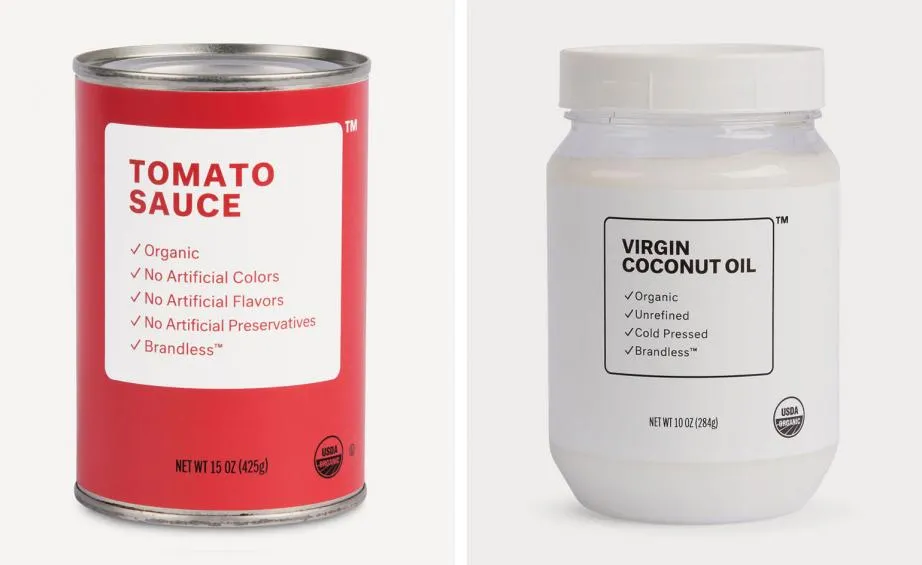Five Ways Impact Brands Can Differentiate From the Competition
As products and services for social and environmental change are becoming more common, impact brands can’t rely on their purpose to stand out. They will have to differentiate on other factors. Which differentiators could work?
First, let’s unpack what a differentiator is. Differentiators can either be aspects of your product or service, that benefit your customer, at which you excel.
Or, your product/service is the same as that of a competitor, but you differentiate through a unique brand. Either can lead to a differentiating position in the market.
But how do you get there?
There are a lot of unwritten rules and faux-pas in the social space that keep people playing it safe. Imagine a group of impact investors that are looking to invest money in solar power that benefits underserved communities. They will listen to presentations by six organizations that do just that, and all of them have the social good as the driving force of their brand. How will one stand out?
Of course, you could try to be top of the charts when it comes to social impact: the most sustainable, healthy energy source, the fairest, the most inclusive payment scheme. But often these claims are hard to quantify for you and hard to verify for your audience.
Here are five brands that have chosen to do things a little differently.
1. Differentiate by Design: Tesla Solar Roofs
Image courtesy of Tesla Roof
In a see of solar panel companies that all talk about environmental and financial benefits, Tesla Roof solar panels differentiate on beauty: capitalizing on the fact that many people would love solar panels, but think they ruin the look of their house. Their value proposition: “Solar Roof complements your home’s architecture while turning sunlight into electricity.” It will come at a higher price point, but by addressing a huge barrier to adoption, Tesla will no doubt get an entirely new audience hooked on clean energy.
2. Differentiate by Brand Personality: FuckCancer
FuckCancer differentiates from other (cancer) charities through its in-your-face personality. What more is there to say? The name says it all, it’s an attitude that is embedded in the brand and in everything they do.
When you have a strong brand, there is not much convincing that needs to be done — Julie Greenbaum, co-founder and CRO of ‘FuckCancer’.
3. Differentiate on Price: Brandless
Image: Brandless
Brandless is an organic online grocery store competing on price, in a market where everyone is busy trying to invoke the most authentic organic homemade, natural look and feel for a brand. The founders have taken a nice PR spin on saving money by not investing in branding (fooling a Wallpaper reporter for instance), but it’s easy to see through that marketing talk, because making something look this simple and good, so consistently, is in fact an extensive branding exercise. And by the way, it has been done a thousand times before by retailers all over the world, for their own labels, think of Target, HEMA, Euroshopper, etc. So don’t be fooled: Brandless is a price-fighter spiel.
4. Differentiate through Niche: Charity Water
Image charity:water
Charity Water differentiates from classic development aid organizations with a broad area of focus, by concentrating purely on water. They bring that focus to life with an engaging, digital performing brand built on storytelling that appeals to a new generation of donors, making it cool to do good.
5. Differentiate by Sex Appeal: It’s Archel
Image: It’s Archel via Instagram
And the prize for the most original differentiator goes to… It’s Archel! Perhaps the only social entrepreneur I have ever seen that ditches the goody-two-shoes look of the social impact fashion label and cliché imagery of the ‘empowered seamstress’. It’s Archel has chosen an approach that captures a lot of eyeballs (and no doubt raises a few eyebrows): sex appeal. It’s Archel and the Bombchel clothesline came into existence to empower women in Liberia, hard hit after the Ebola crisis, to produce contemporary African fashion for the global market. Instead of showing her seamstresses their new jobs, Archel puts her own curves and stunning looks in the spotlight, showcasing her designs from lounge chairs and poolsides, often in provocative poses. This brand is breaking all the social impact rules, and I just got to love her for it.
These five brands have dared to do things differently, and are pushing the limits for others with social impact ambitions. Differentiate or die!



